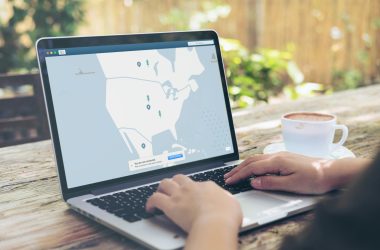How To Install Solar Panels
Preamble
First of all, you will need to decide whether you want to stay connected to the electricity grid and simply offset your electricity usage to lower your electric bill (grid-tied without batteries), or if you want to disconnect from the grid and completely solar power your house (off-grid with batteries).
Another option is to solar power only some items in the house without plugging them into standard power outlets. You cannot match solar panel wattage with appliance wattage due to not only their varying power output but also the fact that you use solar panels to charge the batteries.
What you need is batteries (these are usually deep-cycle lead-acid batteries, which are sometimes advertised as solar batteries) that can supply the amount of energy required by appliances and solar panels that can keep them charged. You can use a transfer switch to switch over to the electricity grid for backup. The long-term cost of a fully directly solar-powered off-grid house is higher than that of a grid-tied house, partly because of the cost of battery replacement.
Please do not use estimates provided by others of the average cost of a solar system, because the cost varies too much due to the fact that power requirements vary partially due to the fact that some only want to partially lower their electric bills, and some want to eliminate them completely. Another reason is that some people use more electricity than some, and sometimes the estimates mentioned are often old, solar system costs change.
The variation of weather complicates the process of estimating how much electricity solar panels will generate per month and per year, because cloudy weather reduces solar power production. The climate that you live in is another very important factor. Some climates are cloudy, and solar systems are most expensive in these areas (unless installation costs are particularly low), because more solar panels are needed to compensate for the lack of sunlight due to cloud cover.
You must use an energy usage meter (such as the Kill-A-Watt for example) to determine the power consumption of individual appliances which often varies. If you want a grid-tie system, then you don’t need to worry about metering your appliances yourself. You can use the monthly power consumption figure provided by your power company.
For example: German residents need more solar panels to generate the same amount of electricity as fewer solar panels would in some parts of the United States.
How To Set Up A Grid-Tie Solar System
Step One: Research local laws governing the installation of solar panels (you can safely assume that there will be restrictions).
Step Two: Check past electric bills and decide on your average energy usage, if you want a solar system that generates the same amount of electricity that you use. You can generate more or less than that without a problem, as the power is being supplied to the electricity grid, which will provide you with power 24/7.
Step Three: Divide your average monthly energy usage by 720 (the number of hours in a month) to determine your average hourly energy usage, then multiply it by 4 (it ranges from 3.33 to 4 for sunny regions). The resulting figure is the kW rating of the solar panels you need. Bear in mind that the grid-tie inverter will waste a little of the current, so you won’t get the full amount.
Step Four: Obtain a grid-tie inverter and a charge controller rated at a higher wattage considerably higher than that of the solar panels’ combined wattage.
Finally, I cannot advise you on the actual installation process, so ask a local building contractor for information about building codes and other regulations for your area. An electrician should connect your inverter to the electricity grid for you.




